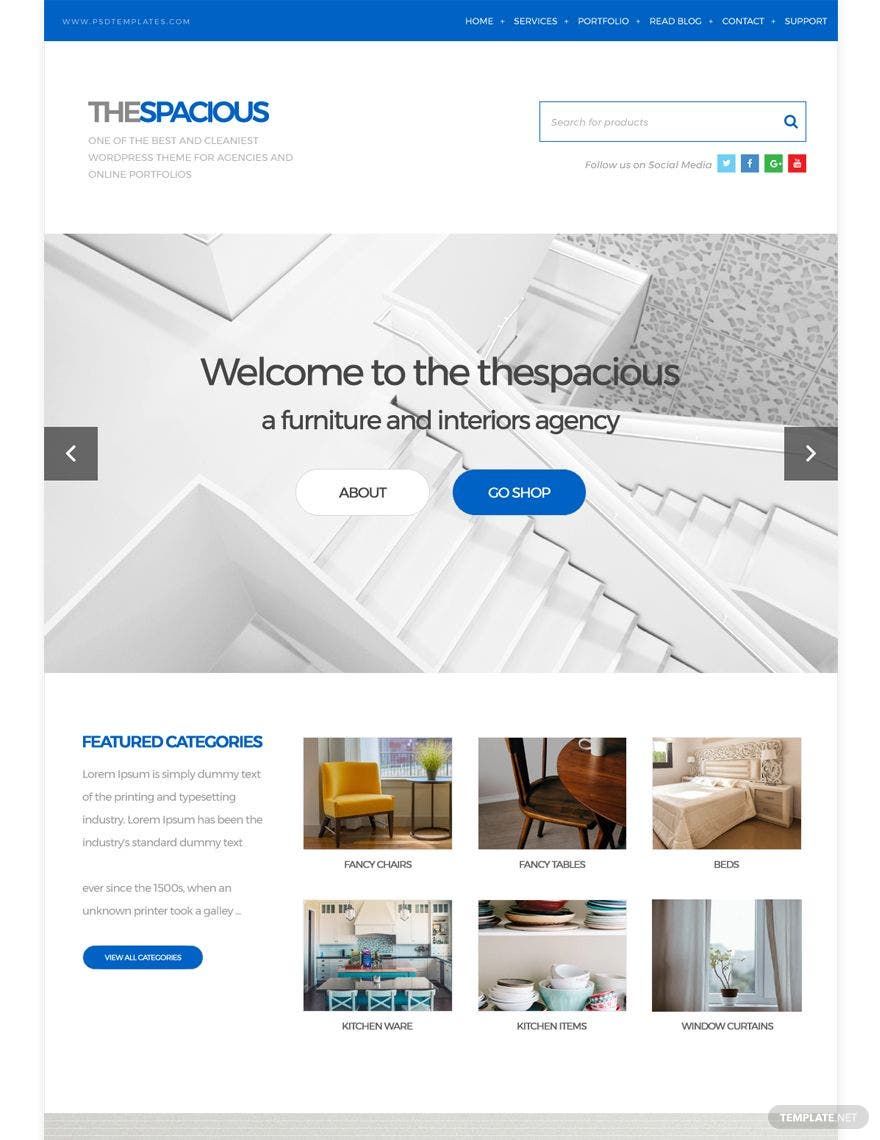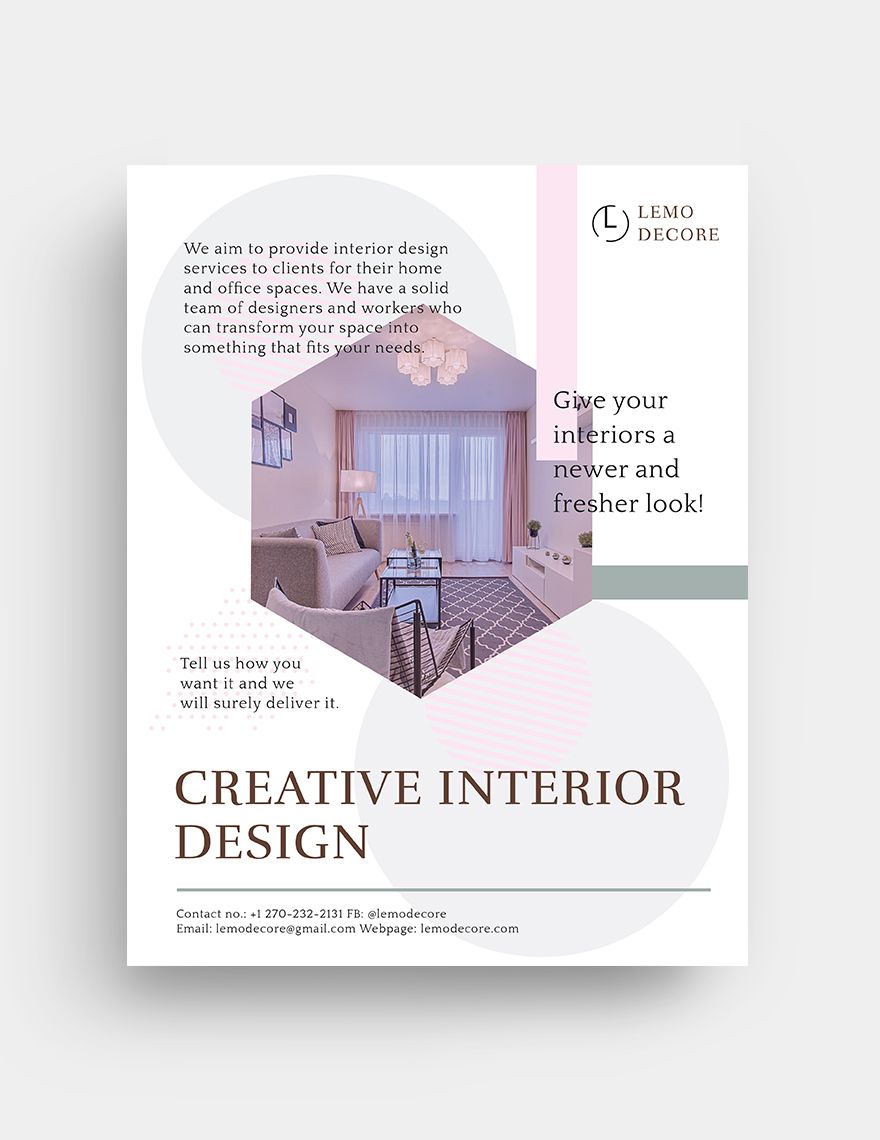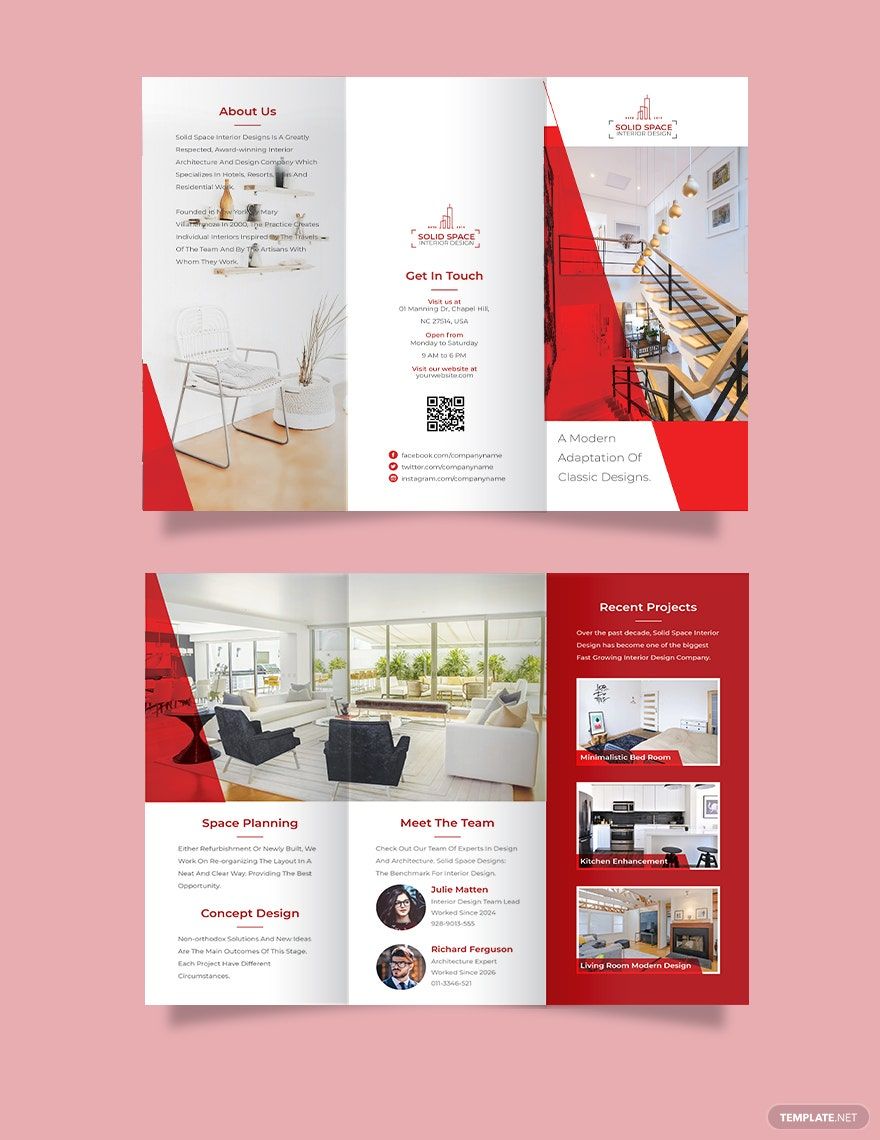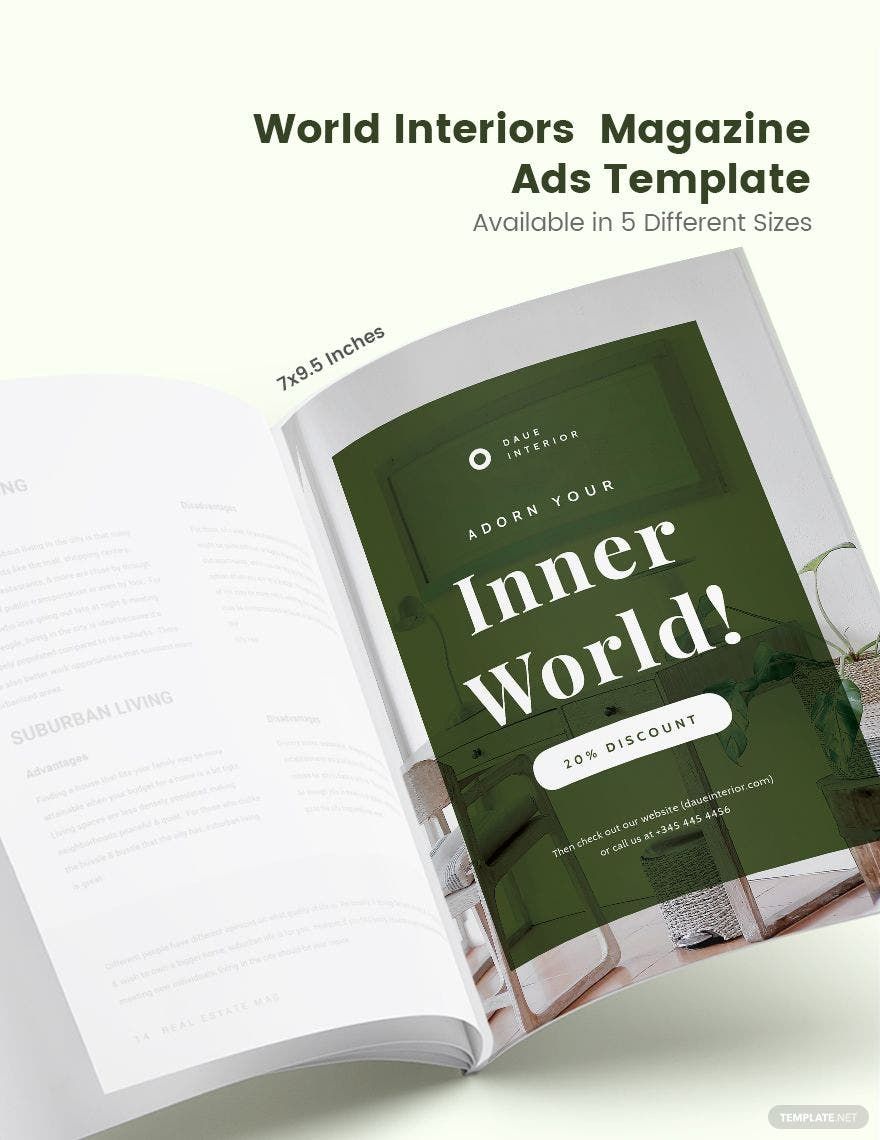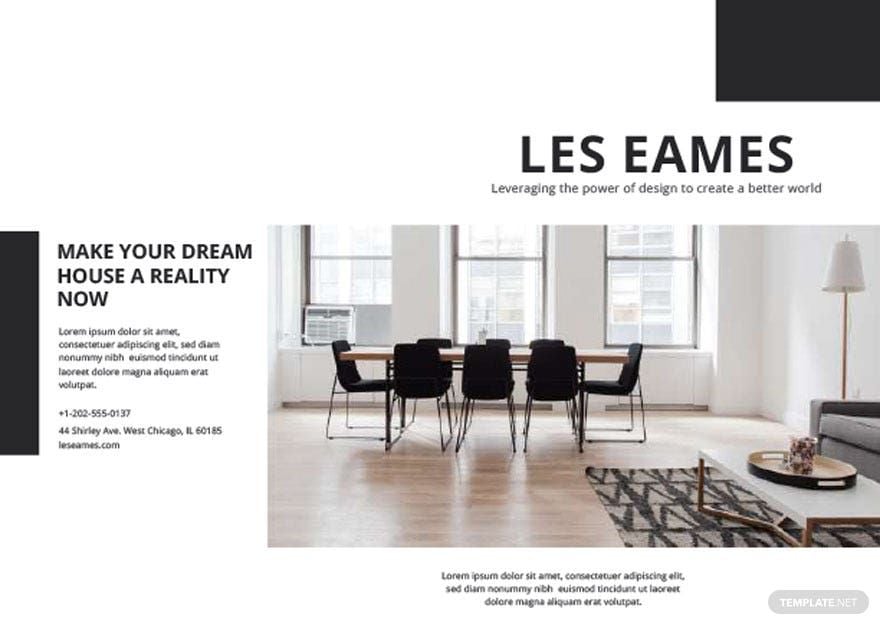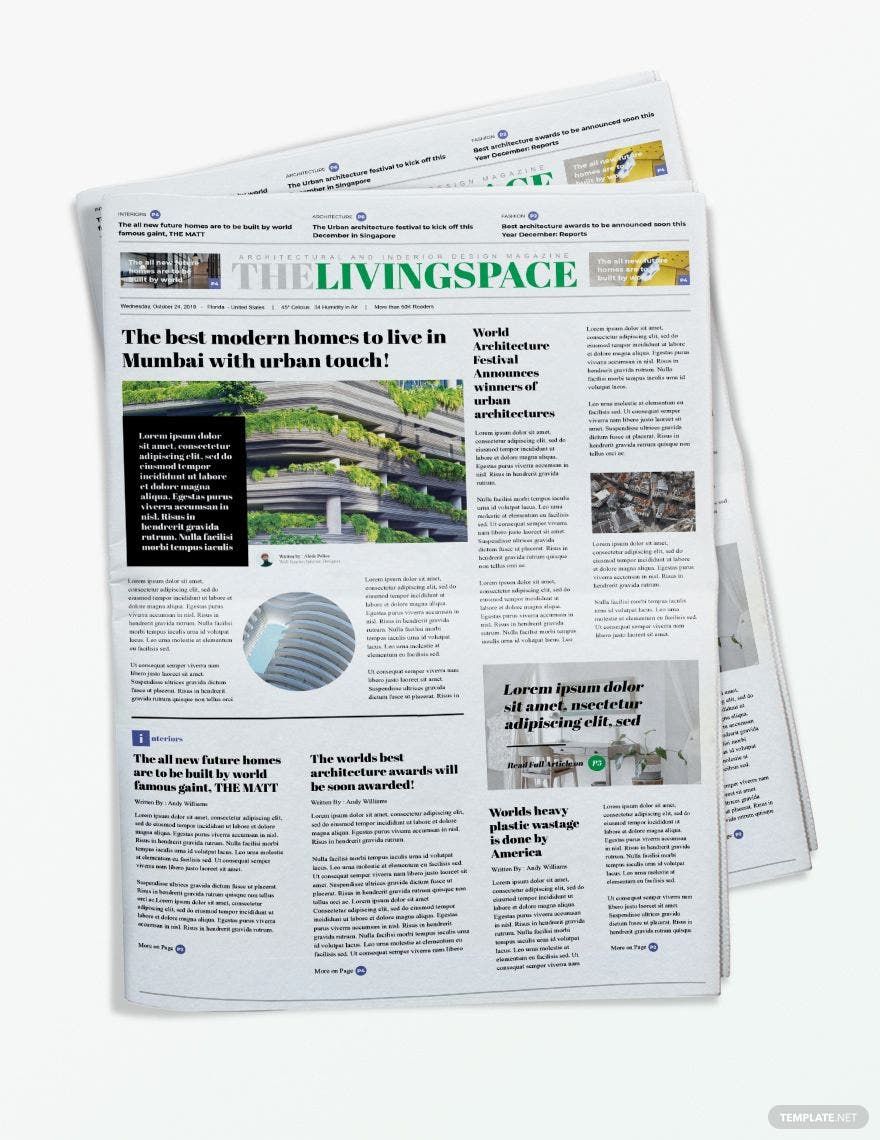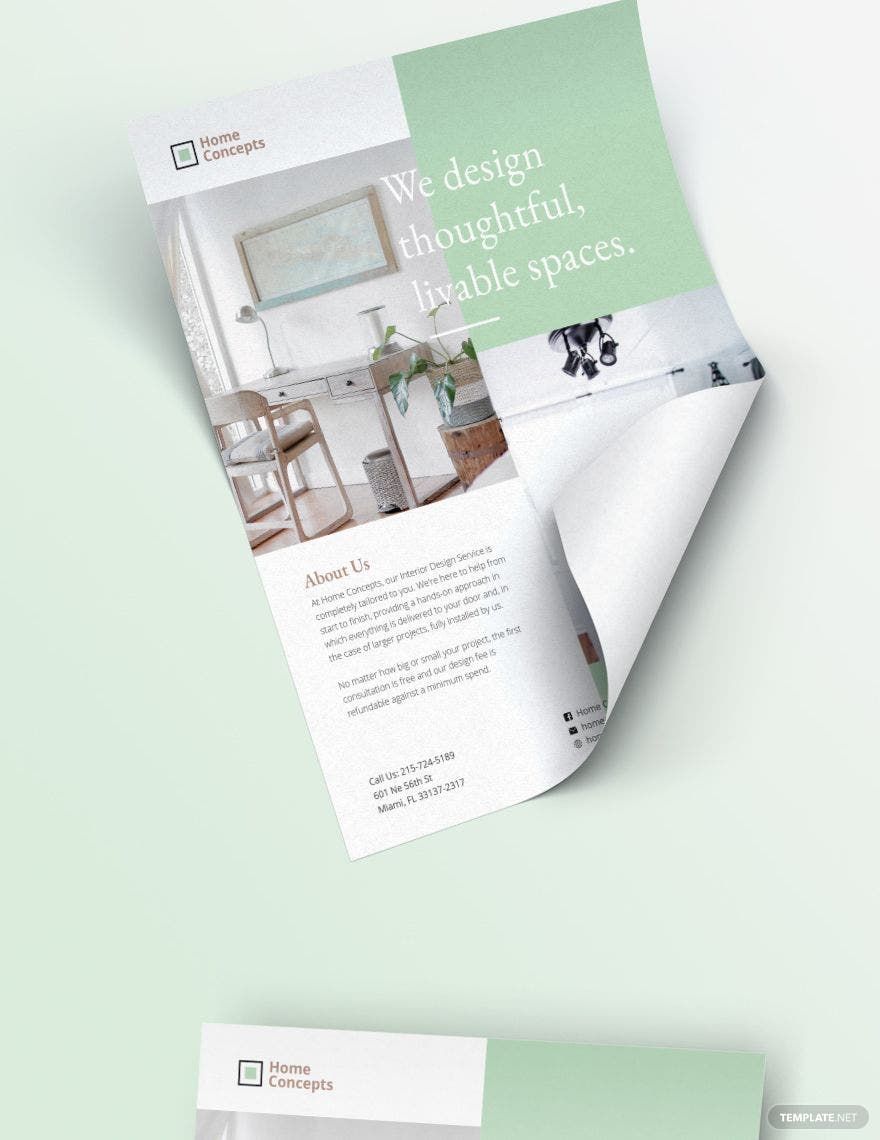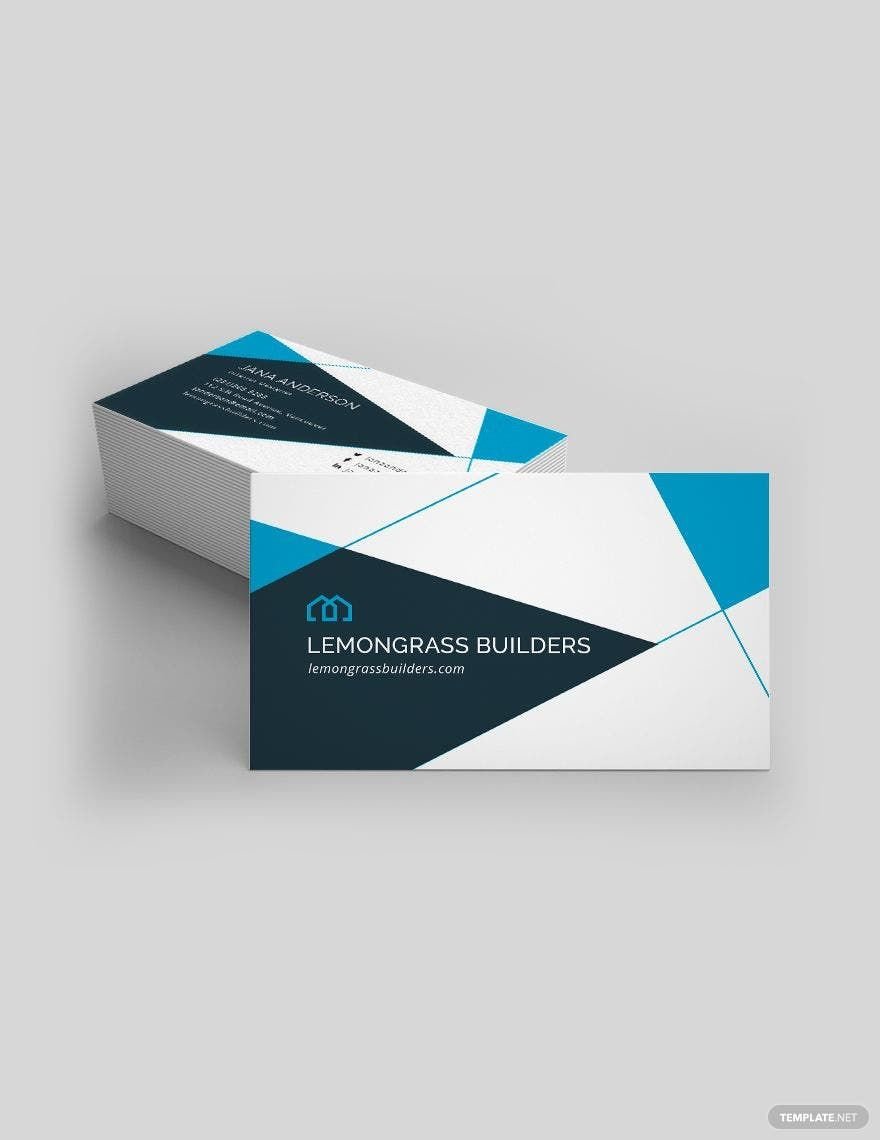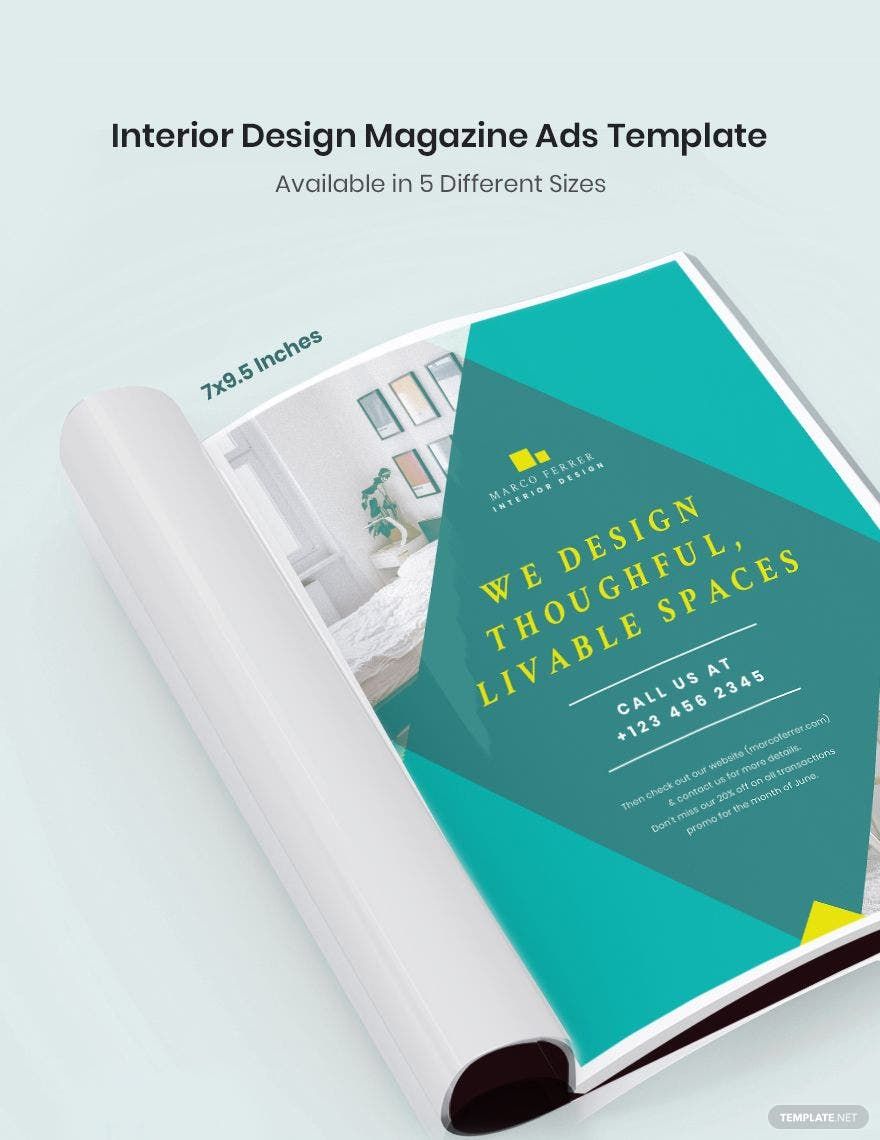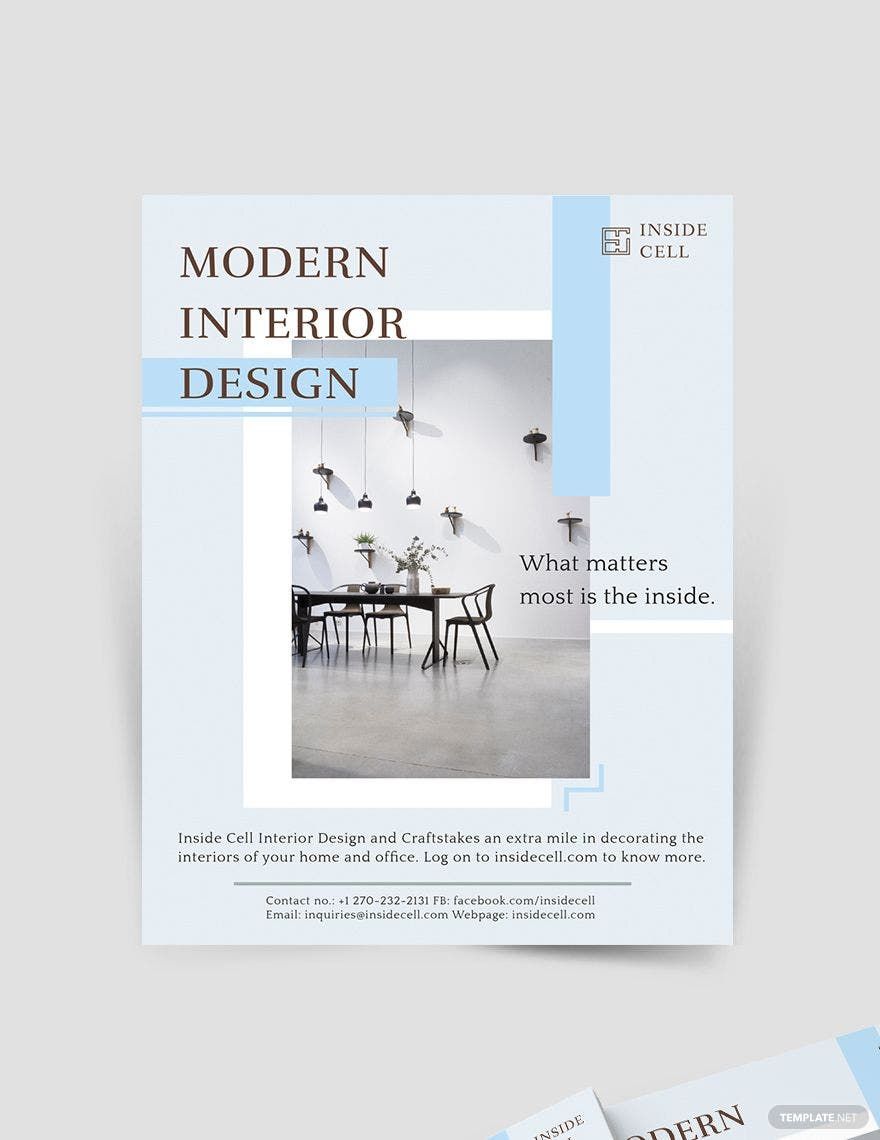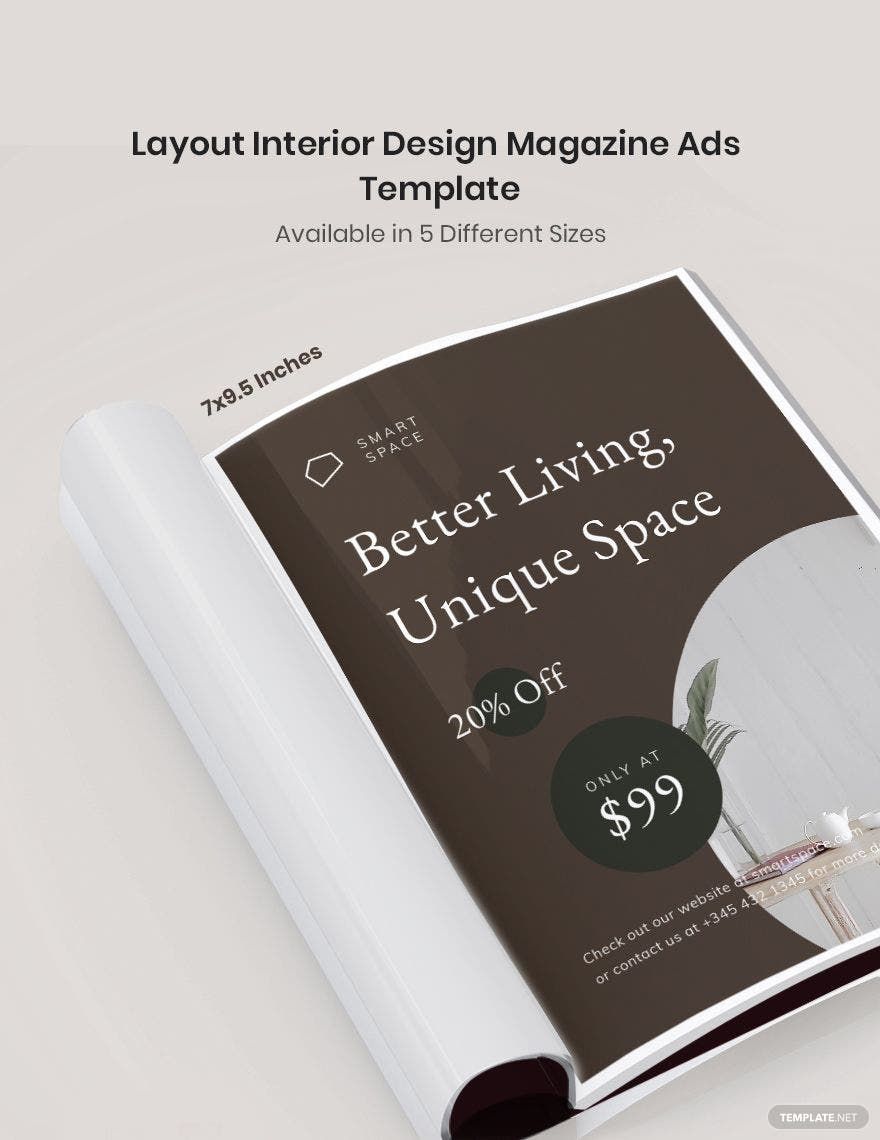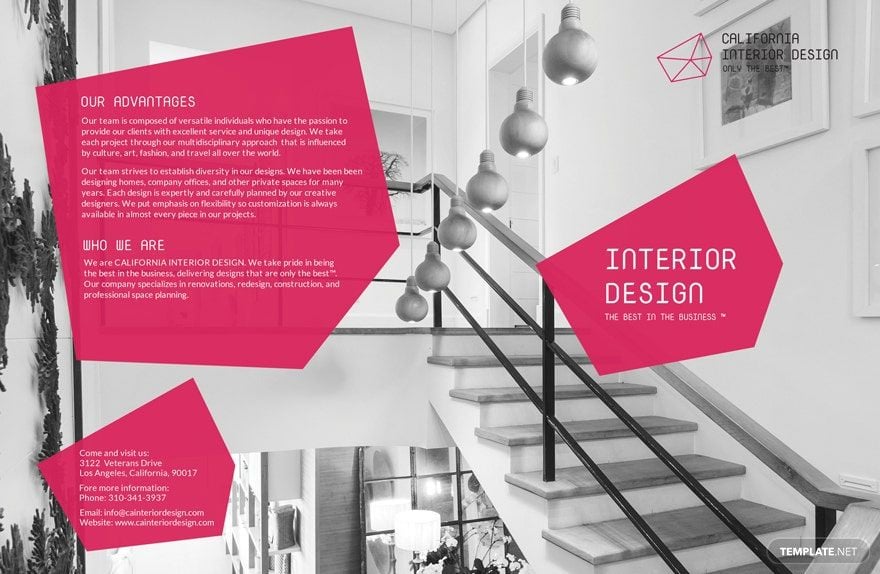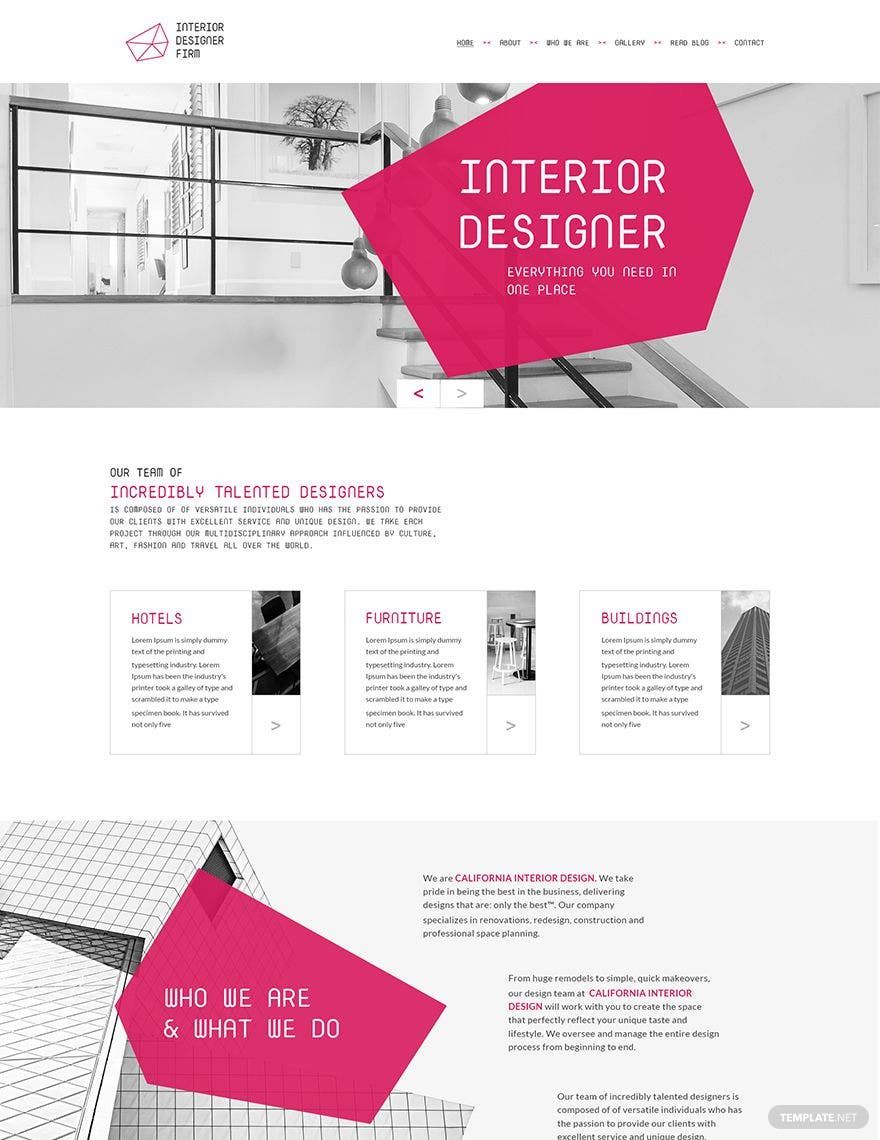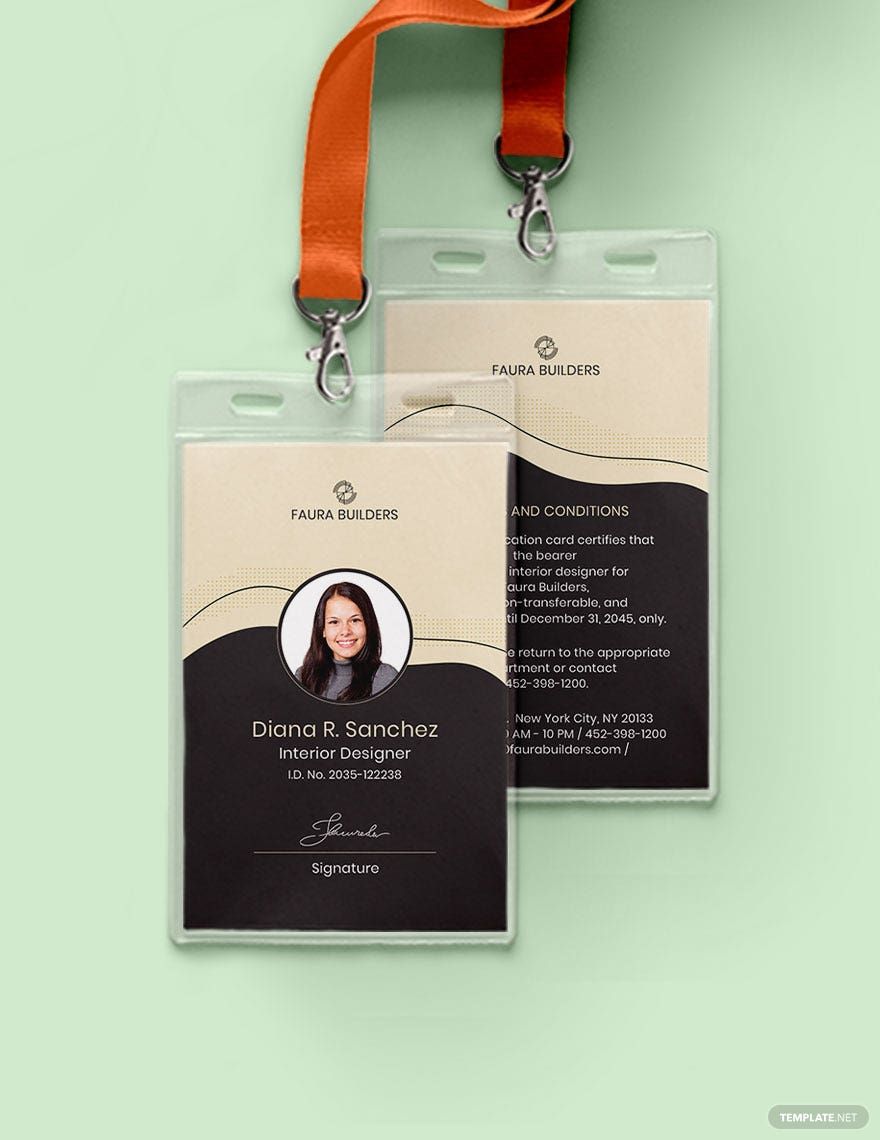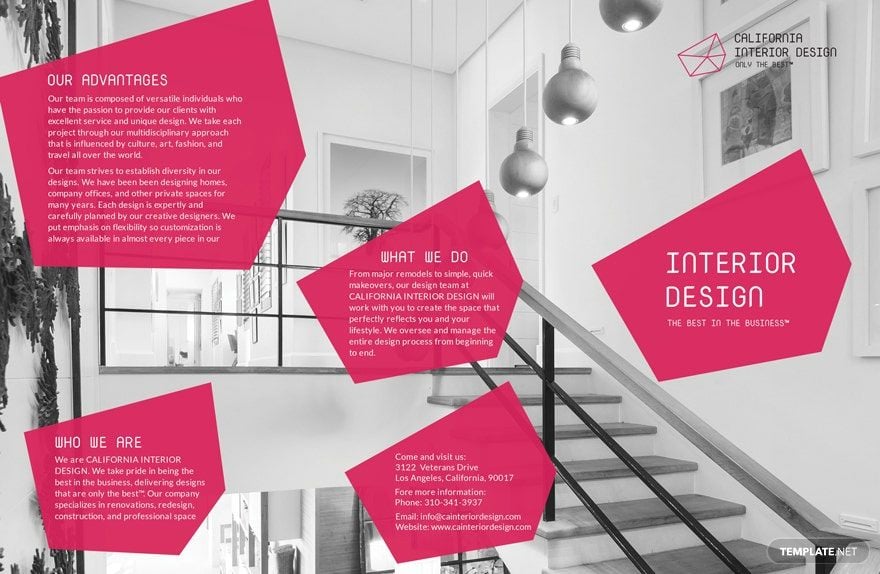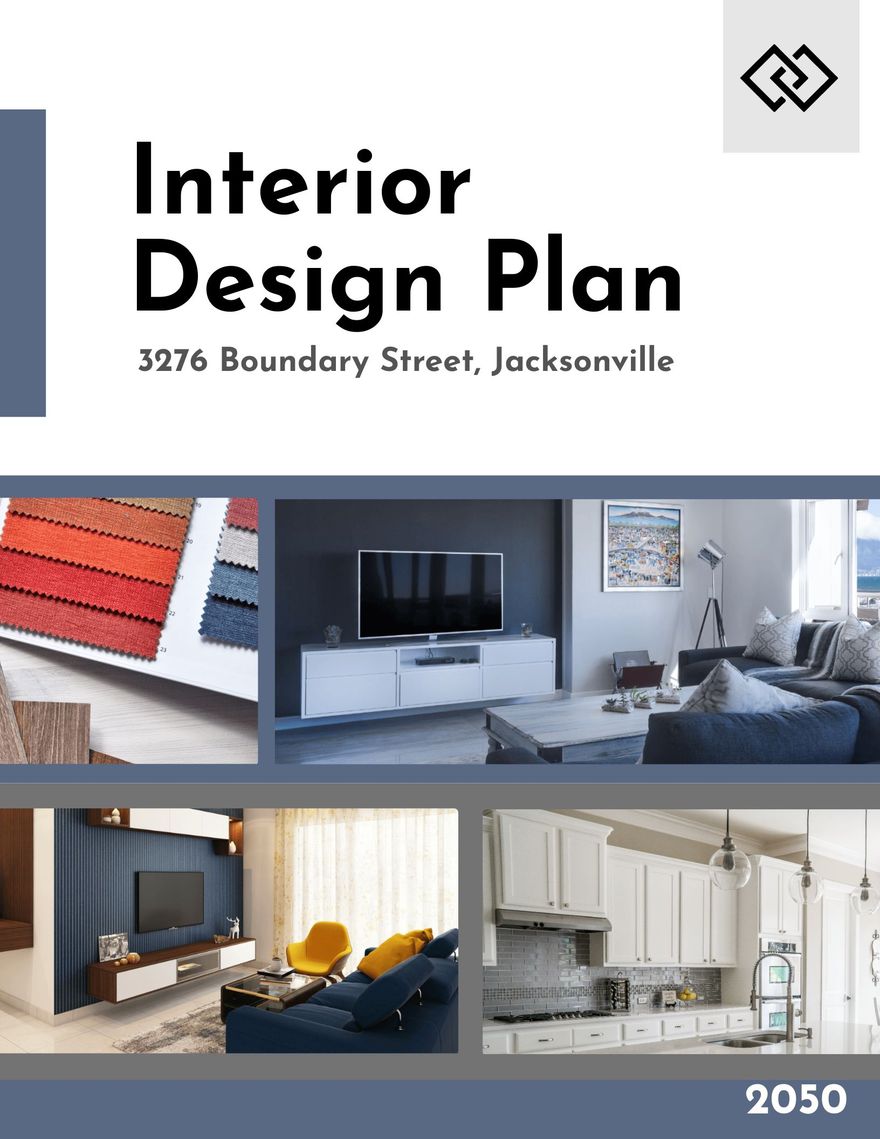Transform Your Spaces with Stunning Interior Design Templates in Adobe PhotoShop by Template.net
Bring your interior visions to life with free pre-designed templates in Adobe PhotoShop by Template.net. Whether you're a seasoned designer or a DIY enthusiast, you'll find these templates perfect for crafting exquisite and professional-grade design concepts effortlessly. For instance, you can easily create a mood board to set the tone for a new project or develop a comprehensive design presentation to showcase to potential clients. With a range of free pre-designed templates available, you can download and print amazing Adobe PhotoShop files, making the process seamless and efficient. Discover how easy and budget-friendly interior design can be with beautifully crafted templates that require no design skills at all. Elevate your creativity with customizable layouts suitable for both print and digital distribution.
Explore more breathtaking premium Interior Design Templates to expand your creative library further. The offerings are regularly updated to include fresh designs, ensuring you have access to the latest trends in interior design. Share your innovative concepts effortlessly with sharing options that allow download or easy sharing via link, print, email, or export, enhancing your reach and engagement. Maximize your design potential by mixing free and premium templates, granting you the ultimate flexibility to put together the perfect presentation for any project. Dive into the world of interior aesthetics with rich, versatile tools that keep your design journey exciting and resourceful.
